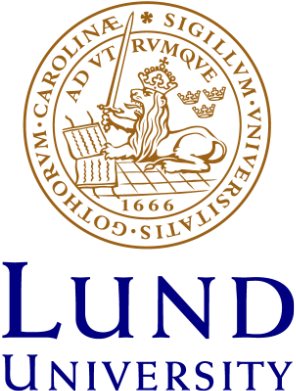Search results
Filter
Filetype
Your search for "*" yielded 534743 hits
The function of art students' use of studio conversations in relation to their artwork
The article focuses on individual students’ studies within a practicebased MFA program in visual art in Sweden. The individual cases of studying that form the basis for this investigation, represent a particularly autonomous and self-directed kind of studying. Although the kind of autonomy and selfdirection varies between visual art programs, as well as its extent, these are largely qualities that
Presidential address: A look at the potential future of parapsychology with help from a regression to the hypnotic past.
En speciell typ av koronaurladdning vid positiv spets och dess användning som snabbt reagerande fuktighetsmätare
[abstract missing]
No title
A quality function for variable resolution video based on eye-tracking measurements
Sami Feminists against Mining
Innovators and traditionalists. Self-positioning stategies in paratexts to early Swedish translations of the classics
Towards modeling guidelines for capturing the cost of improving software product quality in release planning
Quality requirements complement functional requirements with information on the target quality levels of software functions or emergent system quality aspects. In release planning the allocation of development effort in further investments into product enhancements, new or enhanced functions are competing with quality improvements for limited resources. When setting balanced quality targets for de
First measurements of the omega–meson production at RHIC by PENIX.
To implement or not to implement: Ship source marine pollution law in the Baltic Sea Region
On MIMO OFDM channel estimation architecture considerations
Minnesord över Lennart MInnhagen
Miljöeffekter av minirondeller
English Linguistics Festival in honour of Jan Svartvik
Steady-State Diffusion in Complex Amphiphilic Films
The relation between structure and diffusive transport at steady-state is investigated theoretically for amphiphilic systems. Amphiphilic systems typically show a large response to moderate changes in control parameters, such as temperature, osmotic pressure, and the presence of cosolvents and cosolutes. Such systems is therefore expected to show a local response in structure due to the transport
Hotspots of vegetation-climate feedbacks under future greenhouse forcing in Europe
Enabling audio-haptics
This thesis deals with possible solutions to facilitate orientation, navigation and overview of non-visual interfaces and virtual environments with the help of sound in combination with force-feedback haptics. Applications with haptic force-feedback, sp
Themes and challenges in making freight transport sustainable
The purpose of this article is to explore themes and challenges in making freight transport sustainable out of a logistics service providers’ perspective. The approach is explorative and the main method for data collection is interviews. The study has a cross sectional design which takes advantage of nine semi-structured interviews from selected logistics service providers operating in the Scandi
No title
Popular Abstract in German n/a[abstract missing]
